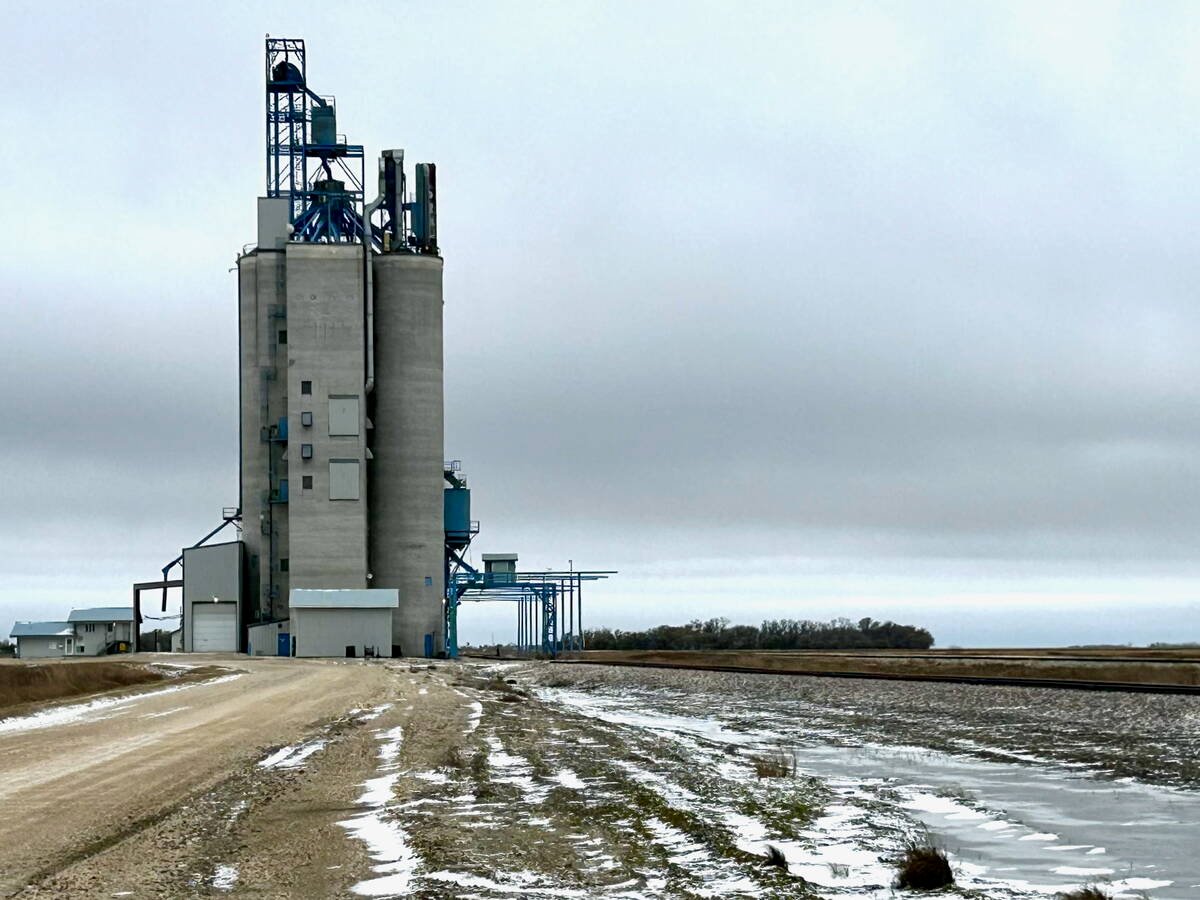Renowned management consultant Peter Drucker once said, “if you can’t measure it, you can’t manage it.”
There are literally dozens of ratios and indicators — the measurements — that can be used to manage financial performance on a farm.
Two key measurements look at the return farmers are getting from their financial investment in the business and the relationship be-tween the assets and liabilities of the business.
The analysis and related management requires that a preliminary step be taken that first defines what it is that is actually being measured. The challenges lie in the balance sheet.
Read Also

Manitoba grain elevator ownership expands
Carman-based Linear Grain buys Fannystelle elevator from Bunge, another three elevators sold to Morden’s BP & Sons Grain and Storage Inc.
The Canada Revenue Agency does not require unincorporated farmers to file an annual balance sheet, which is often referred to as a statement of net worth.
Lenders will expect that an annual statement be provided, especially if a significant amount of debt exists.
However, while they would prefer that the farmer uses the same date every year when compiling the balance sheet, that is not always possible.
Time is usually the limiting factor: busy work schedules, trips and family situations can all affect when the statement is completed.
But inconsistent dates can really reduce the effectiveness of balance sheet analysis so it is best to get organized and stick to one date.
The date of the balance sheet determines which transactions are included and that affects assets and liabilities: inventory sales, assets bought or sold and liabilities decreased or increased.
The impact on the balance sheet and related analysis can range from nominal to considerable, to the point where any year-over-year comparative analysis is of little value.
Another common problem lies in the reporting:
These inconsistencies can also render the information of little value for management purposes.
For these reasons, it is best to use the same date each year when developing your balance sheet.
Establish and apply a consistent approach to what is included in the statement and how the information is valued. Both will improve the measurement, which in turn will result in better information for management purposes.
The year-end date when the statement is developed is not a problem with incorporated farms, but determining what is included in analyzing a balance sheet is a concern.
Two issues are associated with asset ownership:
The ownership structure of some farms can also be problematic from a measurement perspective.
For various reasons, some farms will comprise multiple companies, all working together but making it difficult to analyze the whole farm picture.
To compensate for these issues, I encourage farmers to develop consolidated balance sheets, which aggregate multiple companies in one statement.
I also suggest that land and quota, both corporate and personally owned, should be recorded at market value. Liabilities related to personally held assets must also be included.
Applying a consistent approach to valuing market inventory is also important.
Inventories can be large so small deviations from year to year in how the inventory is valued can have a significant impact on the measurement and related information for management purposes.














